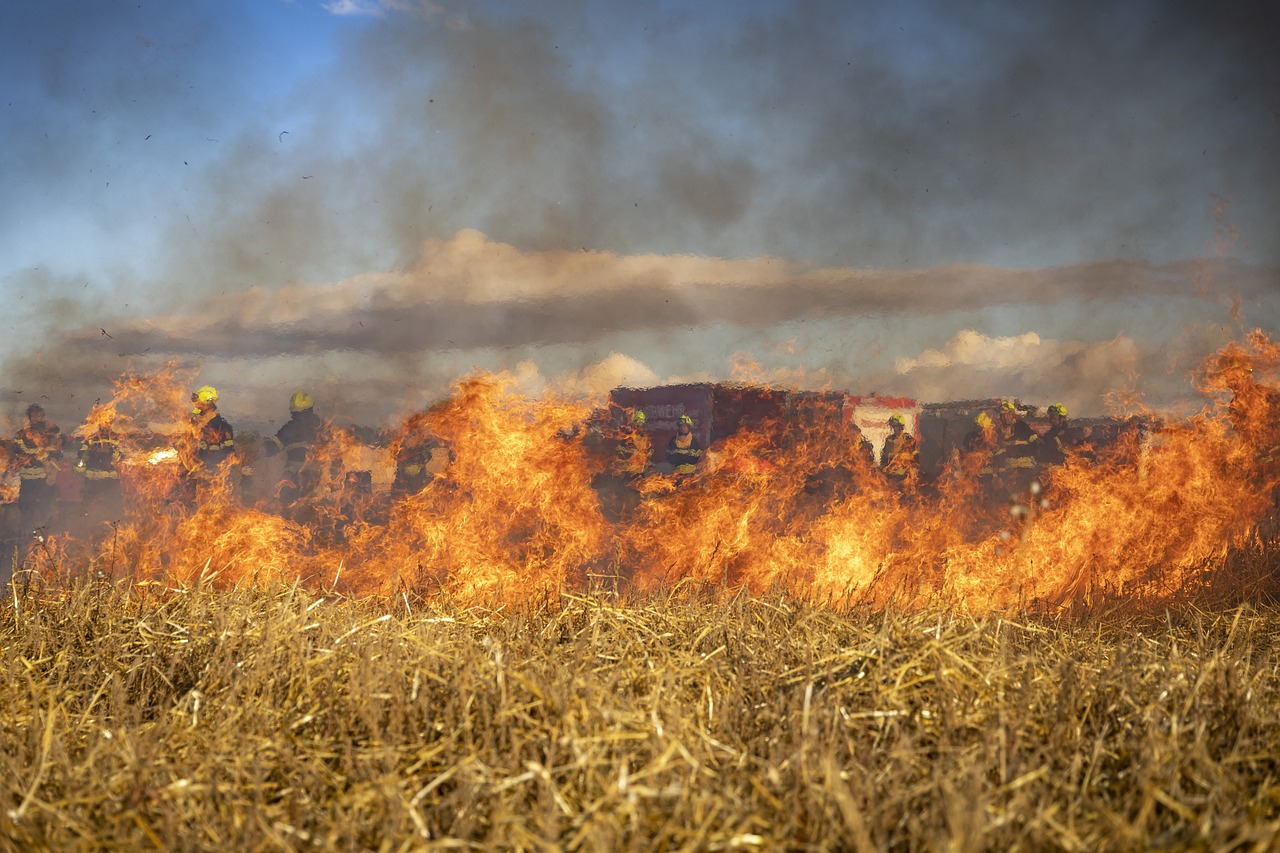Media release
From:
Climate change: Increasing human mortality associated with wildfire smoke
Climate change may have increased the proportion of wildfire smoke-related human deaths by about tenfold between the 1960s and 2010s, suggests a modelling paper published in Nature Climate Change. South America, Australia, Europe and the boreal forests of Asia were found to be the regions with the highest levels of mortality.
Forest fire smoke and the fine particles within it (called PM2.5, or particulate matter less than or equal to 2.5 micrometres) pose a known threat to human health, with recent estimates suggesting that upwards of 98,748 people globally die every year from fire-related smoke. Active fire management and suppression activities have reduced fires in the past several decades; however, climate change has increased the length of the fire weather seasons and the amount of area burned globally.
Chae Yeon Park and colleagues used three fire-vegetation models to investigate the changes in hazardous fire emissions globally between 1960 and 2019. They compared simulations that reproduce historical observations with a hypothetical model that excludes historical climate change to serve as a control. Park and colleagues found that in the 1960s, approximately -1–3% of fire mortalities were attributable to climate change, and in the 2010s, 5–28% were attributable, depending on the model used. This led to a projected increase in excess mortality due to climate change of fewer than 669 deaths in the 1960s to 12,566 in the 2010s. Climate change-attributable increases in fire largely occurred near tropical forests and grasslands, temperate forests in North America, Mediterranean forests in Europe, and boreal forests. Owing to the impacts of atmospheric transport and population exposure, attributable mortality was found to be most prominent in South America, the northern hemisphere of Africa, Europe, and near the boreal forests of Asia.
The authors acknowledge that finding a direct attribution between climate change and fires —and therefore particulates — at a global level is challenging due to several variables, including fuel availability and weather patterns. However, they argue that they have established a clear link between climate change and fire mortality in certain regions. Likewise, Park and colleagues note that while the three models used in the study saw differences amongst the level of attribution in the relationship between particulate matter and mortality, all three showed consistent trends in specific regions.



 Australia; International
Australia; International


